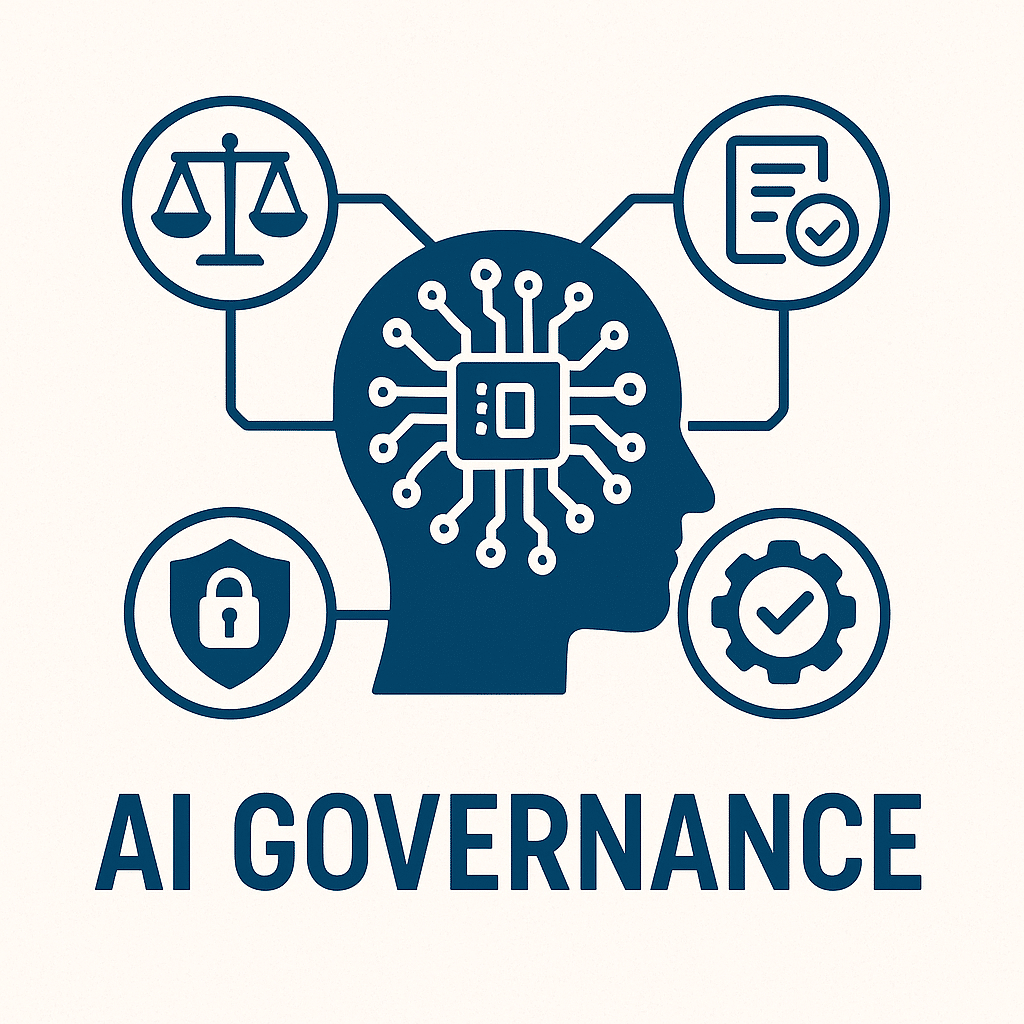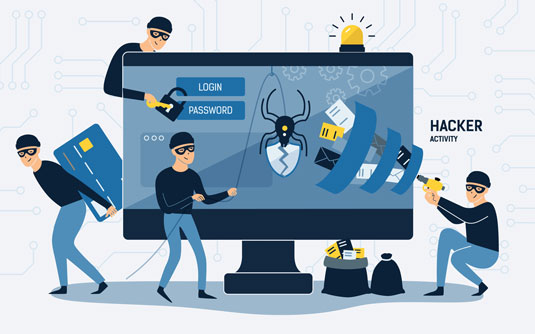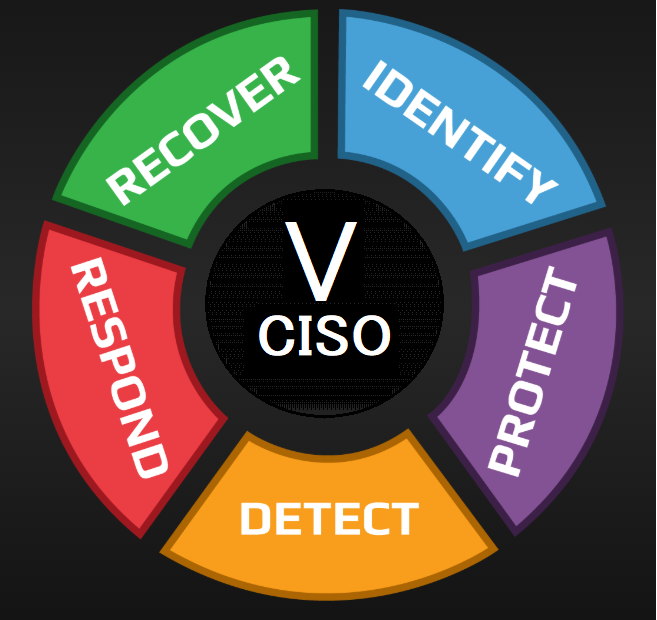Key steps to build an AI Management System (AIMS) compliant with ISO 42001:
Steps to Build an AIMS (ISO 42001)
1. Establish Context & Scope
- Define your organization’s AI activities and objectives
- Identify internal and external stakeholders
- Determine the scope and boundaries of your AIMS
- Understand applicable legal and regulatory requirements
2. Leadership & Governance
- Secure top management commitment and resources
- Establish AI governance structure and assign roles/responsibilities
- Define AI policies aligned with organizational values
- Appoint an AI management representative
3. Risk Assessment & Planning
- Identify AI-related risks and opportunities
- Conduct impact assessments (bias, privacy, safety, security)
- Define risk acceptance criteria
- Create risk treatment plans with controls
4. Develop AI Policies & Procedures
- Create AI usage policies and ethical guidelines
- Document AI lifecycle processes (design, development, deployment, monitoring)
- Establish data governance and quality requirements
- Define incident response and escalation procedures
5. Resource Management
- Allocate necessary resources (people, technology, budget)
- Ensure competence through training and awareness programs
- Establish infrastructure for AI operations
- Create documentation and knowledge management systems
6. AI System Development Controls
- Implement secure development practices
- Establish model validation and testing procedures
- Create explainability and transparency mechanisms
- Define human oversight requirements
7. Operational Controls
- Deploy monitoring and performance tracking
- Implement change management processes
- Establish data quality and integrity controls
- Create audit trails and logging systems
8. Performance Monitoring
- Define and track key performance indicators (KPIs)
- Monitor AI system outputs for drift, bias, and errors
- Conduct regular internal audits
- Review effectiveness of controls
9. Continuous Improvement
- Address non-conformities and take corrective actions
- Capture lessons learned and best practices
- Update policies based on emerging risks and regulations
- Conduct management reviews periodically
10. Certification Preparation
- Conduct gap analysis against ISO 42001 requirements
- Engage with certification bodies
- Perform pre-assessment audits
- Prepare documentation for formal certification audit
Key Documentation Needed:
- AI Policy & Objectives
- Risk Register & Treatment Plans
- Procedures & Work Instructions
- Records of Decisions & Approvals
- Training Records
- Audit Reports
- Incident Logs
Contact us if you’d like me to share a detailed implementation checklist or project plan for these steps.

Secure Your Business. Simplify Compliance. Gain Peace of Mind
AIMS and Data Governance – Managing data responsibly isn’t just good practice—it’s a legal and ethical imperative.
InfoSec services | InfoSec books | Follow our blog | DISC llc is listed on The vCISO Directory | ISO 27k Chat bot | Comprehensive vCISO Services | ISMS Services | Security Risk Assessment Services | Mergers and Acquisition Security




